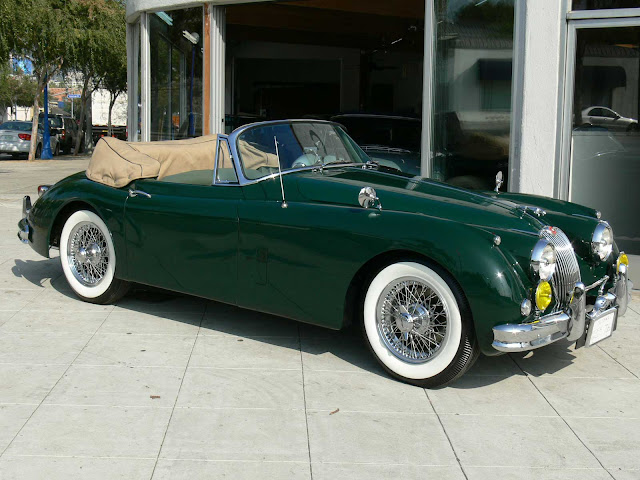Keith Heckles, IOM TT 1967
BRG - Origins of the association
In the days of the Gordon Bennett Cup, Count Eliot Zborowski, father of inter-war racing legend Louis Zborowski, suggested that each national entrant be allotted a different colour. Every component of a car had to be produced in the competing country, as well as the driver being of that nationality. The races were hosted in the country of the previous year's winner. Britain had to choose a different colour to its usual national colours, red, white and blue, because those colours had already been taken by Italy, Germany and France respectively.
Via: autosavant.com
When Selwyn Edge won the 1902 race for England in a Napier it was decided that the 1903 race would be held in Ireland, at that time a part of the United Kingdom, as motor racing at the time was illegal in Great Britain, and the opening of Brooklands still four years in the future. As a mark of respect for their Irish hosts[1] the English Napier cars were painted shamrock green. As Napier had already used olive green during the 1902 event, and had adopted the colour as its corporate livery,[2] they supported this choice wholeheartedly. Initially the colour distinction only applied to the grands épreuves, but was later codified in the Code Sportif International (CSI) of the Fédération Internationale de l'Automobile (FIA).
In keeping with these Irish/Napier roots, many of the earliest greens used on British racing cars were of a lighter olive, moss or emerald green. Later, darker shades became more common.
Read more: wikipedia.org
British Racing Green Garden at Williams F1’s UK headquarters







No comments:
Post a Comment